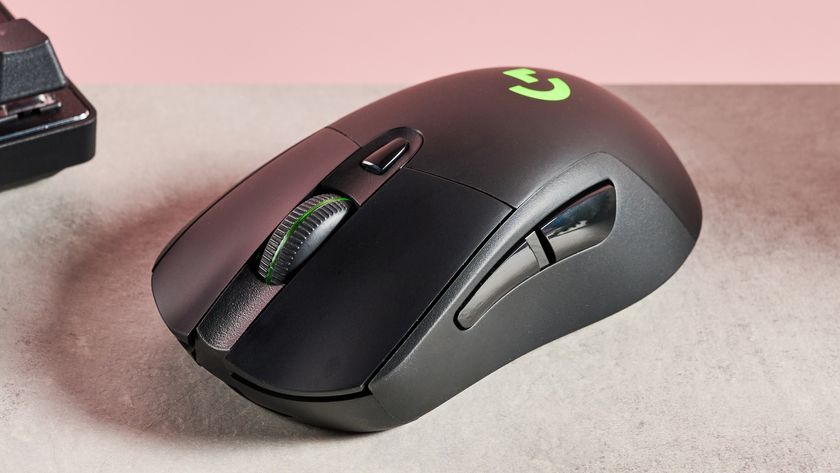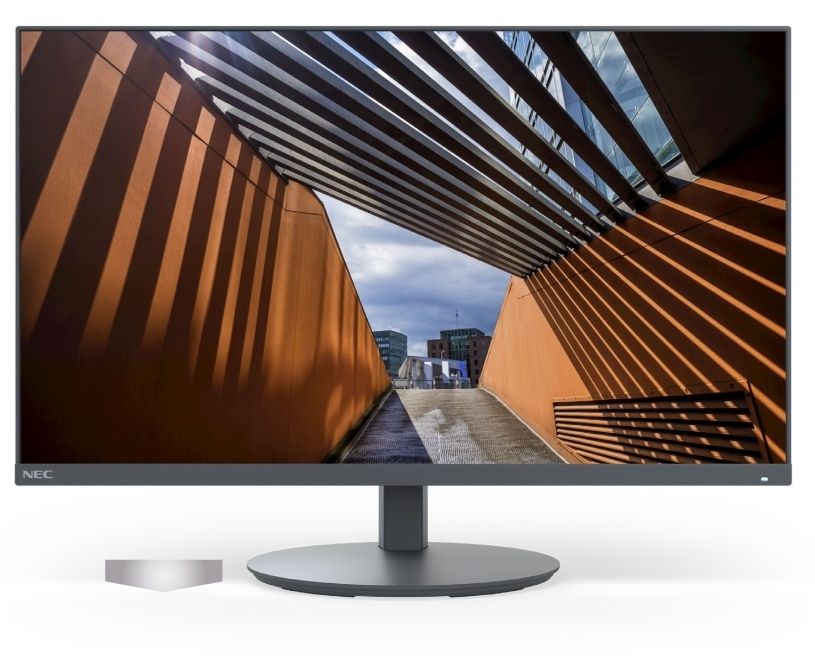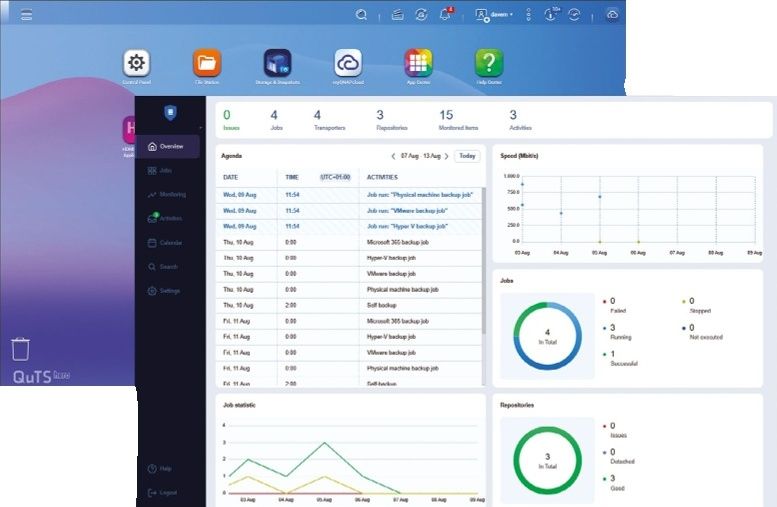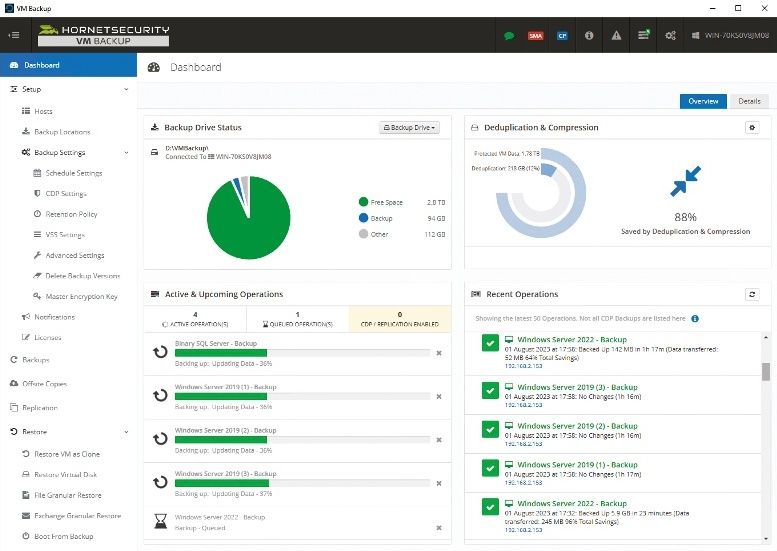Why you can trust TechRadar
The Razer Blade Pro is incredibly well-equipped at its base configuration, with an Intel Core i7-6700HQ processor, Nvidia GTX 1080, 32GB of RAM and 512GB SSD. However, all those impressive standard parts add up to an equally imposing $3,699 or £3,499 (about AU$5,070) price.
From there, Razer 17-inch machine get even more expensive, with our 1TB review spec ringing up for $3,999 (about £3,200, AU$5,480) and doubling the storage again will cost an insane $4,499 (about £3,600, AU$6,170). Of course, going in at the ground floor and upgrading the storage yourself will be more economical (just mind the warranty).
You’ll also save more dough by going with other systems. Although the top-end $3,199 (£2,829, AU$4,199) Alienware 17 has a lower-resolution, QHD (2,560 x 1,440) 120Hz display, it makes up for this with an unlockable Intel Core i7-6820HK processor and 1TB HDD. Likewise, the Aorus X7 DT offers the same specs as the Alienware 17 for $3,099 (£2,999, AU$4,599). Both machines offer stronger components while costing far less than the base model of the Blade Pro.

Alternatively, the MSI GT73VR Titan is available with a 4K display, an unlockable Intel Core i7-6820HK processor, 1TB SSD and 64GB of RAM for $3,339 (£4,399, AU$5,799).
Any way you slice it, though, if you want an 17-inch gaming laptop with the latest and greatest Nvidia Pascal graphics, expect a bill of at least $3,000 (about £2,420, AU$4,140). Getting desktop equivalent graphics on notebooks has been a long and hard fight, but that victory has come with higher price tags on almost all gaming laptops.
Last year, the most expensive desktop replacement you could find was the $3,305 (about £2670, AU$4,560) Origin EON17-SLX. At the time, it set a high bar due to its Intel Core i7 desktop processor that was never meant to go in a laptop and the newly minted Nvidia GTX 980 (minus the “M”) for notebooks. These days, powerful mobile gaming rigs for more than $3K are the growing norm.
Here’s how the Razer Blade Pro performed in our suite of benchmark tests:
3DMark: Cloud Gate 24,357; Sky Diver: 27,841; Fire Strike: 13,075
Cinebench CPU: 672 points; Graphics: 99 fps
GeekBench: GeekBench: 3,557 (single-core); 13,231 (multi-core)
PCMark 8 (Home Test): 3,411 points
PCMark 8 Battery Life: 1 hours and 37 minutes
Battery Life (techradar movie test): 3 hours and 52 minutes
The Division (1080p, Ultra): 86 fps; (1080p, Low): 181 fps
GTA V (1080p, Ultra): 62 fps; (1080p, Low): 145 fps
Performance
The Razer Blade Pro is one of the thinnest and speediest 17-inch laptops we’ve tested. It’s a performance machine that easily cut through any task we asked it to complete, whether it was enjoying the Winter Wonderland in Overwatch or editing 360-degree footage we recorded with a Nikon KeyMission 360 camera.
Unfortunately, on the benchmark front, this isn’t the best performing machine in the world. Compared to the MSI GT73VR, the Blade Pro put up consistently 100 to 200-point lower 3DMark scores. GeekBench also shows the processor is running behind by as much as 500 points.
Ultimately, though, these are small discrepancies we can attribute to the MSI GT73VR’s higher clocked processor. When it comes to actual gaming, the Razer Blade Pro delivers silky smooth 1080p Ultra gaming with our benchmark games as well as a few of our favorites, like Battlefield 1 and Watch Dogs 2.
At 4K Ultra, however, our benchmark games hit an upper limit of 28 frames per second (fps), which is still a playable experience if not as ideal as 60fps. We were only able to reach the Ultra HD promised land through Overwatch and other less graphically demanding games. For now, with just a single Nvidia GTX 1080, it seems we still can’t play the latest games at a super smooth frame rate with Ultra settings at 4K.

Battery life
The 17-inch Pro sports a 99WHr rechargeable lithium-ion polymer battery – the largest legally allowed on an airplane – but even that isn’t enough to keep this machine running for long. Despite the big tank inside this rig, it only lasted for 3 hours and 20 minutes with light usage, including writing this review and browsing the web while at 30% screen brightness.
Reducing the screen brightness to its minimum level and turning off the keyboard lighting effects can help you get to four hours of juice, but you’re not likely to get much more out of this machine.
In our standard move test, the Blade Pro narrowly missed playing our copy Guardians of the Galaxy twice in the span of 3 hours and 52 minutes. Still, that’s double the battery life of other big rigs, like the MSI GT73VR (2 hours and 15 minutes) and Origin EON17-X (1 hour and 54 minutes).
Overall, battery life is better than we expected, considering the energy draw of this laptop’s high-powered components and 17-inch 4K screen topped off by Razer’s thin design. Still, if you’re looking for a gaming laptop that lasts for at least five hours away from the plug, it’s going to have to be the 14-inch Razer Blade or another 15-inch machine, like the Asus ROG Strix GL502.
We liked
The Blade Pro is Razer’s most powerful and ambitious laptop yet. It offers just as much power as other 17-inch desktop replacements, but does so with a thinner frame and longer battery life.
What’s more, Razer has integrated one of the most attractive displays and tactile keyboards ever seen on any laptop. Although it takes some getting used to, we love having the trackpad sit right next to the keyboard.
We disliked
Although the Razer Blade Pro runs for longer than most 17-inch desktop replacements, four hours of battery life still isn’t enough to get much done. What’s more, the price will dissuade even more users from choosing Razer’s 17-incher over the Aorus 17 DT and Alienware 17, both of which offer the stronger hardware for less.
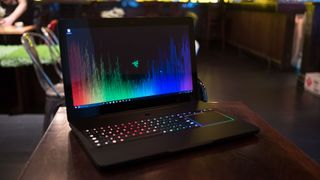
Final verdict
The Razer Blade Pro is arguably the ultimate desktop replacement that you can carry around. The thinner frame, lighter weight, smaller power supply and longer battery life, all help make this 17-inch machine something we would actually consider to be portable.
From both a power and comfort perspective, we also felt right at home bringing this laptop anywhere and getting a desktop-like gaming experience.
The 17-inch IGZO display is both roomy and vibrant for any production work we need. Meanwhile, Razer’s mechanical keyboard finally affords us with the clicky-typing experience we’ve been craving on a laptop since forever. Even the starboard-side touchpad, though odd at first, gives us a familiar feeling of working and gaming on a traditional desktop.
Priced at $3,699 or £3,499 (about AU$5,070) to start, the Razer Blade Pro is no small investment. However, even with more affordable and better-equipped options out there, we would personally pick Razer’s 17-inch machine for its enhanced portability.
If build quality, a gorgeous display, an incredible keyboard and portability are all determining factors for your next (figuratively and literally) big gaming notebook purchase, the Razer Blade Pro is well worth the expense.
Kevin Lee was a former computing reporter at TechRadar. Kevin is now the SEO Updates Editor at IGN based in New York. He handles all of the best of tech buying guides while also dipping his hand in the entertainment and games evergreen content. Kevin has over eight years of experience in the tech and games publications with previous bylines at Polygon, PC World, and more. Outside of work, Kevin is major movie buff of cult and bad films. He also regularly plays flight & space sim and racing games. IRL he's a fan of archery, axe throwing, and board games.
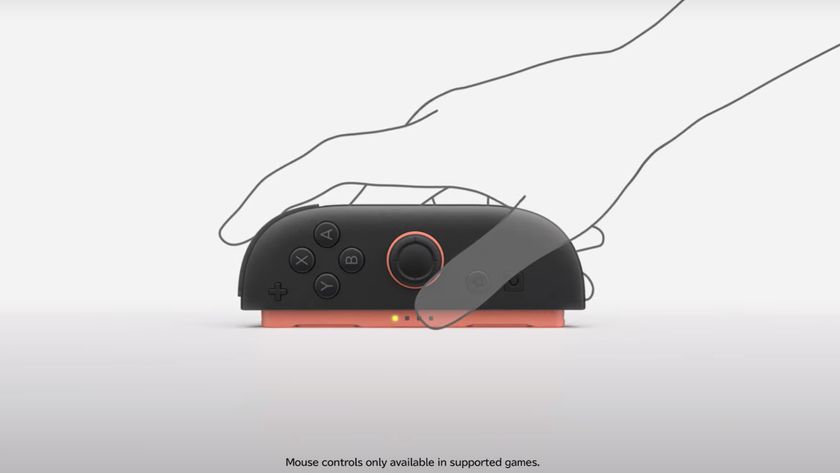
Nintendo Switch 2 mouse mode revealed: Joy Con 2 mouse function, how it works, and which games are confirmed to use it

Deltarune gets surprise Chapter 3 and 4 release date at Nintendo Switch 2 Direct – and they're launching very soon
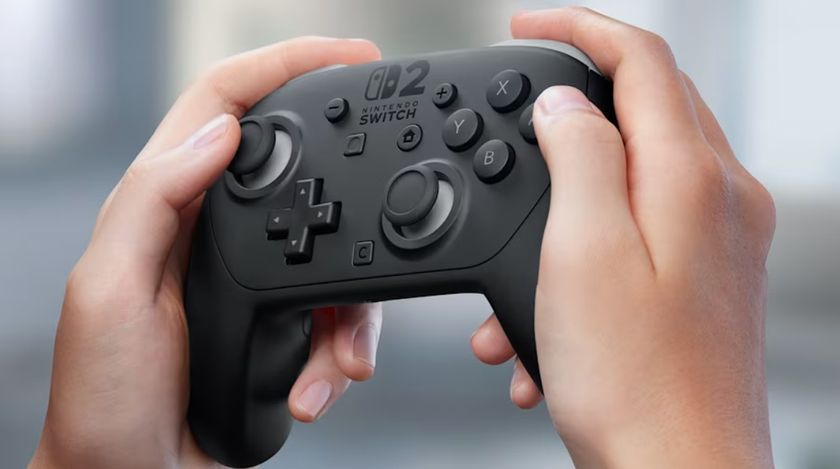
The Nintendo Switch 2 Pro Controller has been revealed offering a bunch of improvements over its predecessor


